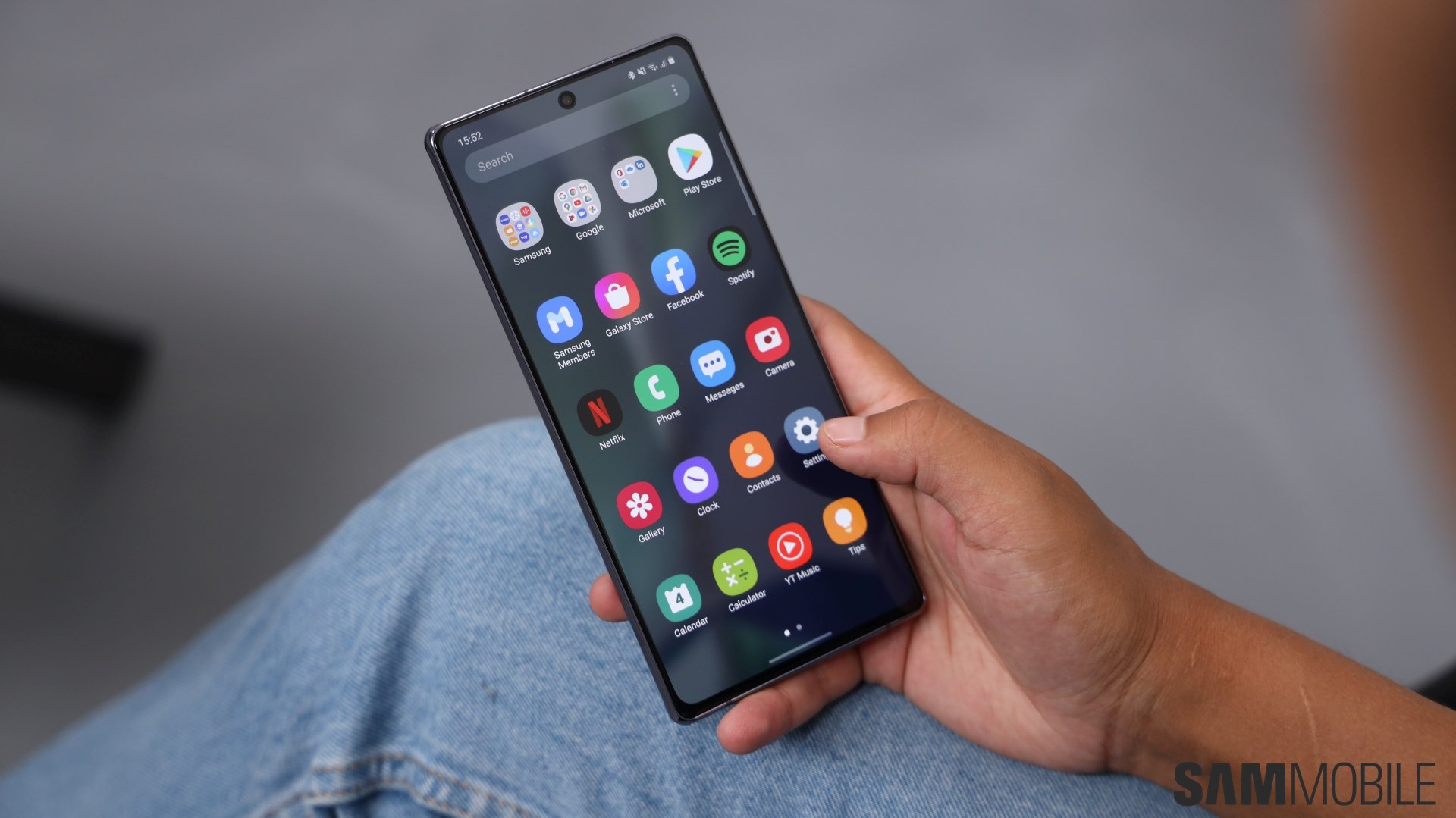It’s been a year since Samsung unveiled the Galaxy Note 10 and according to the company’s established launch schedule, it’s time for a new sequel to hit the scene and take over the ‘flagship’ label.
This is the task that’s been given to the Galaxy Note 20, but does it have what it takes to persuade existing Galaxy Note 10 owners to switch over from their true-and-tested handset? Let’s see how these two smartphones compare.
Galaxy Note 10 versus Galaxy Note 20: Display and S Pen
The original Galaxy Note 10 could have almost passed as a compact S Pen device, but for better or for worse, that’s no longer the case as far as the Galaxy Note 20 is concerned. In other words, if you were looking to buy a new, relatively small Galaxy Note device, the Galaxy Note 20 might not be it.
The 2020 model has a considerably larger 6.7-inch display, up from 6.3-inches, with a similar Full HD+ pixel count but a taller aspect ratio. It’s also been downgraded from Gorilla Glass 6 to Glass 5 protection, but one advantage it arguably has over the 2019 flagship is the flat display; at least as long as you’re an avid S Pen user.
Speaking of the S Pen, Samsung claims to have fitted the Galaxy Note 20 with a lower-latency S Pen boasting a 40% improvement over the Galaxy Note 10 solution. It remains to be seen exactly how this will translate in the real world or if many S Pen users will be able to tell the difference.
Galaxy Note 10 versus Galaxy Note 20: Cameras
Another significant change lies in the new camera setup employed by the Galaxy Note 20. It’s essentially the same camera combo as the one flaunted by the base Galaxy S20 model. It comprises a 12MP main sensor, a 64MP telephoto shooter, and a 12MP ultra-wide angle unit.
In contrast, the Galaxy Note 10 has a 12MP main camera, a 12MP telephoto unit, and a 16MP ultra-wide shooter. Both models have the same 10MP wide-angle front-facing camera with 4K video recording capabilities.
Needless to say, there won’t be a huge difference in practice between photos captured with the Galaxy Note 10 and Note 20, however, the latter model is capable of 30x hybrid zoom; something that can’t be achieved by the former flagship. In addition, the Galaxy Note 20 series introduces a new Pro Video Mode with tons of new enhancements.
Other hardware components detailed
Digging deeper inside the Galaxy Note 10 and Galaxy Note 20 will reveal additional changes, from the newer chipset solution employed by the latest model to its larger battery, but also a few identical specifications.
Where the Galaxy Note 10 uses an Exynos 9825 SoC, the Galaxy Note 20 sports the Exynos 990 chipset. In other markets, the 2020 flagship uses the Snapdragon 865+ silicon, while the Qualcomm solution used by the Galaxy Note 10 in the same regions is the Snapdragon 855.
Otherwise, the chip is paired with largely the same specs. Both phones have 8GB of RAM, 256GB of built-in storage that’s not expandable, and they both feature 25W fast charging, 15W wireless charging, and 9W reverse wireless charging. However, the Galaxy Note 10 has a 3,500mAh battery while the Galaxy Note 20 features a 4,300mAh unit.
In short, and aside from the obvious bumps in performance guaranteed by a year of development, it looks like the Galaxy Note 20 could provide a better S Pen experience through the new stylus and the flatter display, and mobile photographers / vloggers might be able to get more value out of the newer camera setup with improved zoom. The Galaxy Note 20 also ships with newer software – One UI 2.5 – but those features will likely be added to the Galaxy Note 10 through future firmware updates.
Check our online comparison tool for a more detailed look at how the new Galaxy Note 20 compares versus the older Galaxy Note 10. We’ll have our Galaxy Note 20 review up once we’ve spent enough time with the phone, so stay tuned and let us know in the comment section if and why you’re tempted to switch from the Galaxy Note 10 to the Galaxy Note 20.
SamsungGalaxy Note 20







